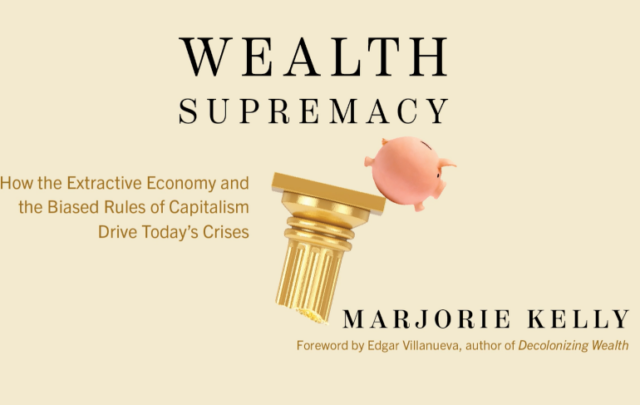Globalization and cheater economics have been destroying the world’s great rivers and their fisheries. Most people know about the devastation of rivers from water pollution, but not as many are aware of the significant impacts of big dams, river engineering, and real estate development in and on top of rivers. These activities can seriously damage fisheries and impair the natural functions of riverine ecosystems. A true-cost, steady state economy would, for the most part, avoid the continuing tragic dismantlement of rivers and fisheries.
The following three activities are causing major harm to rivers and fisheries, but would not occur in a true-cost, steady state economy.
Coal Ash Cesspools
The mining and burning of coal have come under enormous scrutiny because of the air pollution, water pollution, and greenhouse gas emissions they cause. There is another major but relatively unknown water pollution threat from coal burning, in addition to the smoke plume at the power plant–coal fly ash pits. After coal is burned at a power plant to generate electricity, the ash residue (which can contain serious toxins such as mercury, lead, arsenic, cadmium, etc.) is dumped into unlined ponds or pits near the power plant. These toxic cesspools, as they should be called, cause contamination of surface water, well water, and adjacent lands.
In February of 2014, one of Duke Energy’s dozens of coal ash cesspools malfunctioned, sending toxic sludge 70 miles down the Dan River in North Carolina and into Virginia. Six years earlier (December, 2008) a coal ash cesspool operated by the Tennessee Valley Authority broke, sending even greater quantities of toxic water and sludge into a tributary of the Tennessee River.
Independent testing of coal ash cesspools reveals a Pandora’s Box of toxins, findings that generally contradict assertions by utilities that things are okay. This growing issue amounts to a deadly in-your-face utility circus, flouting the law and flaunting the political power of utilities over state legislatures.
Utilities are doing what would never be allowed in a true-cost economy: they are externalizing the costs of dealing with fly ash from burning coal. Were they to include the health and pollution damages, the costs of coal would skyrocket and its use would be rapidly phased out.
Giant Dams
The economic evidence over the last 70 years against large dams has been assembled by economists at Oxford University (UK). They found, on average, large dam projects in developing countries exceed their construction cost budget by 90%, and often take over 10 years to complete.
Fish from Cambodia’s Tonle Sap Lake, one of the most fertile inland fisheries in the world, are facing threats from dams in the nearby Mekong River. Photo Credit: Shankar S
In addition, most mega-hydrodams omit genuine cost-accounting for their sometimes enormous adverse environmental and social impacts. For example, the public tends to think of hydroelectric power as a clean source of energy, not realizing that dams may be responsible for over 20% of the human-caused methane emissions. (Methane is a 20-30 times more potent greenhouse gas than carbon dioxide.) In Asia, the Mekong River contains the world’s largest inland fishery and provides livelihood for an estimated 60 million people. Large dams are planned across the mainstem of the river that would destroy the fish migrations of more than 200 species. One proponent of these dams said, “don’t worry, the people can just buy their fish from a fish farm once the river fish disappear.”
Again, a true-cost economy does not condone the blatant failure to include all the costs. See my February 2015 blog “Crossroads on Global Infrastructure” for more details on large infrastructure projects.
River Engineering and Response to Weather Disasters
In the aftermath of Superstorm Sandy, New York and New Jersey received about $60 billion in relief and assistance. Instead of avoiding more development in top hazard zones, a burst of building permit applications has been made for more activities in and on top of the Hudson River, all in a number one hazard zone. A lot of this real estate development on piers would harm crucial habitat for over 100 fish, plant, and animal species. The proposals include such reckless propositions as an amphitheater and trees on an artificial “island” in the river. This is not free-enterprise development, but subsidized activity that eventually will necessitate a taxpayer “emergency relief bill” following the next hurricane or superstorm. We will never reach a sustainable economy if we have to keep spending hundreds of billions of dollars globally, bailing out new real estate development where it never should have been.
Real estate developments in and on top of rivers, armor-plating shorelines to enable more construction right on the coast, proliferating coal ash cesspools, and building mega-dams all have something in common. They can damage fishery habitats, disrupt fish migrations, and impair the healthy functioning of rivers in the US and worldwide. A true-cost economy recognizes that healthy rivers and flourishing fisheries are vital economic assets for cities and towns, and has principles that prevent their evisceration. The current globalized economy does not.






